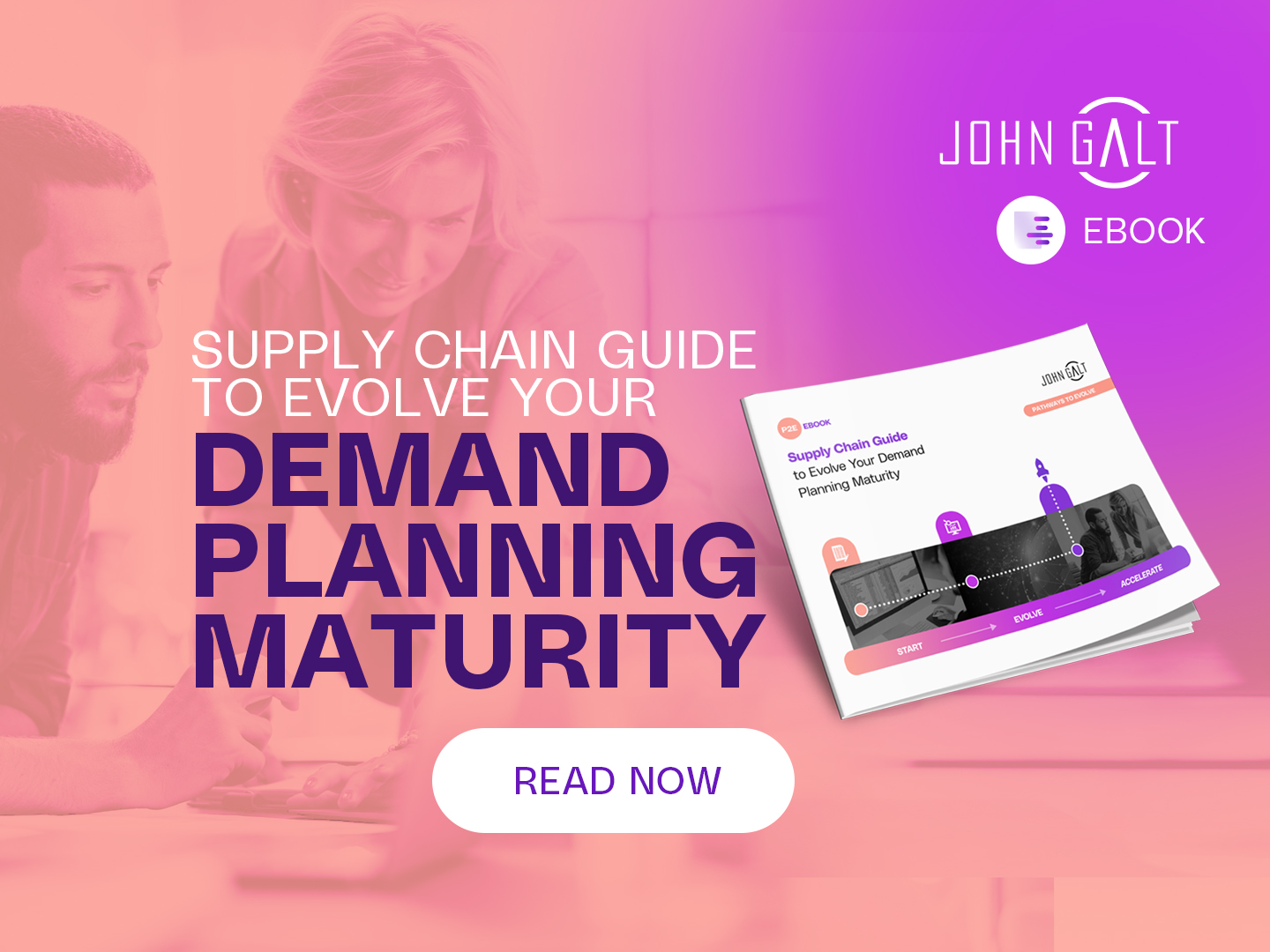Forecasting isn’t easy. But when done right, it can offer tremendous advantages to companies. And in today’s ultra-competitive business landscape, any advantage over the competition is positive. That said, there are a few disadvantages that are worth exploring. While we don’t believe they are obstacles to implementing a forecasting process, they should be weighed when considering which forecasting process is right for you.
Three advantages of forecasting
1. You’ll gain valuable insight
Forecasting gets you into the habit of looking at past and real-time data to predict future demand. And in doing so, you’ll be able to anticipate demand fluctuations more effectively. But more than that, it’ll give you insight into your company’s health and provide you with an opportunity to course-correct or make adjustments.
2. You’ll learn from past mistakes
You don’t start from scratch after each forecast. Even if your prediction was nowhere close to what ended up coming to pass, it gives you a starting point. It’s common to review where and why things didn’t happen the way you predicted. Your forecasts should eventually improve. But more than that, you’ll get into the habit of reflecting upon past performance as a whole. And self-reflection can be a powerful driver of company growth.
3. It can decrease costs
When done right, anticipating demand will help you tweak your processes to increase efficiency all along the supply chain. Because you’re better able to predict what customers will want and when they’ll want it, you may also be able to decrease excess inventory levels, thus increasing overall profitability.
Three disadvantages of forecasting
1. Forecasts are never 100% accurate
Let’s face it: it’s hard to predict the future. Even if you have a great process in place and forecasting experts on your payroll, your forecasts will never be spot on. Some products and markets simply have a high level of volatility. And in general, there is just an endless number of factors that influence demand.
2. It can be time-consuming and resource-intensive
Forecasting involves a lot of data gathering, data organizing, and coordination. Companies typically employ a team of demand planners who are responsible for coming up with the forecast. But in order to do this well, demand planners need substantial input from the sales and marketing teams. In addition, it’s not uncommon for processes to be manual and labor-intensive, thus taking up a lot of time. Fortunately, if you have the right technology in place, this is much less of an issue.
3. It can also be costly
On a related note, hiring a team of demand planners is a significant investment. When you add to that the cost of using good quality tools, upfront costs can add up. But investing in advanced software, high-quality talent and solid forecasting processes is just that: an investment. We’re confident you’ll see a return when all of that is done right.
Forecasting is a business practice that every company engages in to one extent or another. And it can be hugely valuable, providing those companies who have implemented a solid forecasting process with a leg up on their competition. What’s more, even the disadvantages can be overcome with the right people, technology and processes. So learn how partnering with our Forecast Xperts and implementing our Atlas Suite can make a difference. Schedule a free consultation with us now.



